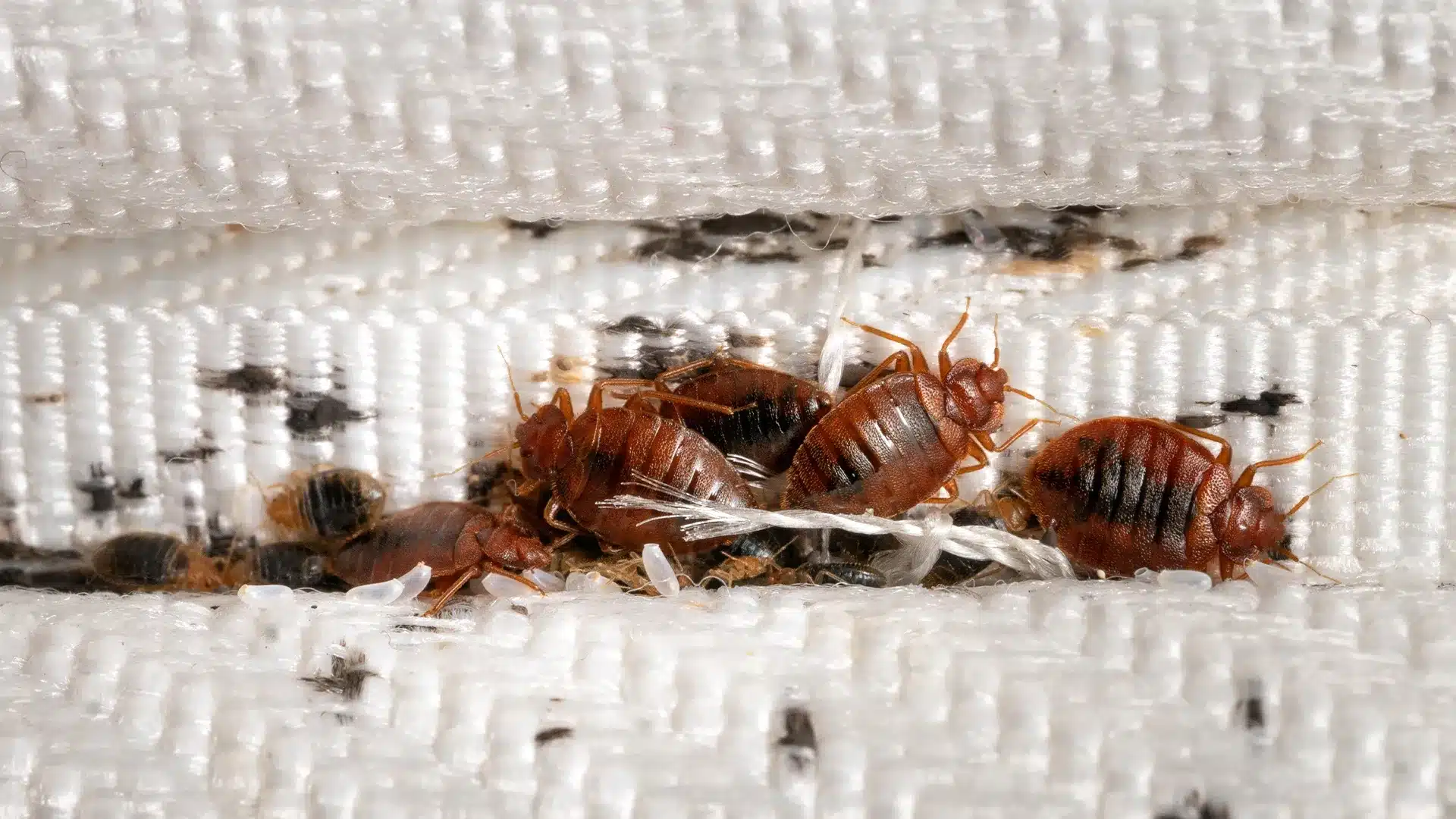Sorts Of Pest Control: Which Approach Is Right for Your Infestation?
When faced with a parasite infestation, the choice of an ideal approach for insect control is critical in efficiently managing the situation. By discovering the various kinds of pest control techniques offered, individuals can make enlightened choices customized to their one-of-a-kind scenarios, making sure a much more lasting and reliable end result in pest removal.
Chemical Insect Control
Chemical parasite control includes using synthetic or naturally derived chemicals to take care of and eliminate pest populations successfully. This approach is typically used in farming, forestry, and property settings to fight a large range of pests, including rats, weeds, and pests. Making use of chemical pesticides can offer fast and targeted remedies to pest infestations, making it a popular selection for numerous individuals and services.
Among the vital advantages of chemical bug control is its capability to promptly get rid of parasites, minimizing the risk of damage to crops, property, and human health. By using certain chemicals that target particular parasites, this method can efficiently control problems while lessening harm to advantageous organisms and the setting when used appropriately.
However, making use of chemical pest control likewise elevates problems concerning prospective negative results on non-target species, water sources, and human wellness. It is crucial to comply with safety standards, apply chemicals sensibly, and think about different insect control techniques to reduce these dangers and make certain sustainable bug monitoring methods.
Biological Pest Control
Biological parasite control, likewise recognized as biocontrol, utilizes living microorganisms to decrease and handle insect populaces normally. This technique uses the power of nature to manage parasites without the requirement for synthetic chemicals. Biocontrol can involve the introduction of natural opponents of the bug varieties, such as virus, predators, or bloodsuckers, to reduce bug populaces. By utilizing the insect's all-natural predators or virus, biological bug control supplies a environmentally friendly and lasting service to pest management.

Mechanical Insect Control
Utilizing hands-on and physical techniques to manage parasite populations, mechanical bug control provides a different approach that does not count on making use of living organisms or synthetic chemicals. This technique entails using obstacles, traps, or various other tools to physically hinder or eliminate insects. By obstructing insect access points or establishing traps to capture them, mechanical parasite control can effectively decrease invasions without introducing chemicals right into the setting.
One common instance of mechanical parasite control is the use of mesh displays on home windows and doors to avoid insects from entering structures. This basic yet efficient method acts as a physical obstacle, maintaining bugs out while enabling correct ventilation. In addition, gadgets like mousetraps, fly swatters, and ultrasonic repellents fall under the mechanical parasite control group.
While mechanical parasite control methods can be labor-intensive and need normal surveillance and upkeep, they provide a ecologically pleasant and lasting solution for handling parasite infestations. By incorporating different mechanical techniques, homeowner can create a thorough pest control method that lessens dependence on chemical pesticides.
Physical Parasite Control

Some common physical insect control methods consist of making use of obstacles such as displays or internet to stop bug access, catches to record and get rid of pests, and hand-picking to literally remove bugs from plants or frameworks. Additionally, techniques like warmth treatments can be made use of to control bugs like bed insects by increasing the temperature to levels that are lethal to the insects.
Physical pest control is especially valuable in incorporated bug management (IPM) approaches, where multiple parasite control techniques are integrated for efficient parasite administration while lessening the use of chemicals. By using additional info physical pest control techniques, people can successfully resolve parasite invasions with minimal environmental impact.
Integrated Pest Administration
When applying physical bug control methods as part of bug administration techniques, Integrated Pest Monitoring (IPM) arises as a detailed approach that leverages different strategies to properly manage pest populations. IPM focuses on long-lasting prevention of parasites through a combination of organic, cultural, physical, and chemical tools customized to particular parasite issues. By integrating several control techniques, IPM aims to decrease the threats connected with parasites while also reducing dependence on chemical options.
One secret aspect of IPM is the focus on tracking and evaluating pest populations to determine the most proper control methods. This proactive method enables for very early intervention and targeted strategies, causing much more reliable bug management. In addition, IPM advertises eco-friendly techniques by focusing on non-chemical control methods and just using pesticides as a last option.
Conclusion

By using the pest's natural killers or microorganisms, biological parasite control supplies a environmentally pleasant and sustainable remedy to pest management. - Kings best pest control cincinnati
Using physical and hands-on approaches to handle insect populations, mechanical bug control provides a different method that does not count on the use of living organisms or artificial chemicals.An effective method to managing pest populaces without depending on chemical or organic methods includes the use of physical parasite control methods.When carrying out physical bug control techniques as part of bug management methods, Integrated Bug Administration (IPM) emerges as a comprehensive strategy that leverages various techniques to successfully control pest populations. Chemical parasite control includes the usage of chemicals, organic bug control makes use of natural predators, mechanical insect control entails physical barriers, physical parasite control includes trapping or getting rid other of insects, and integrated insect administration combines multiple techniques for an alternative technique to pest control.